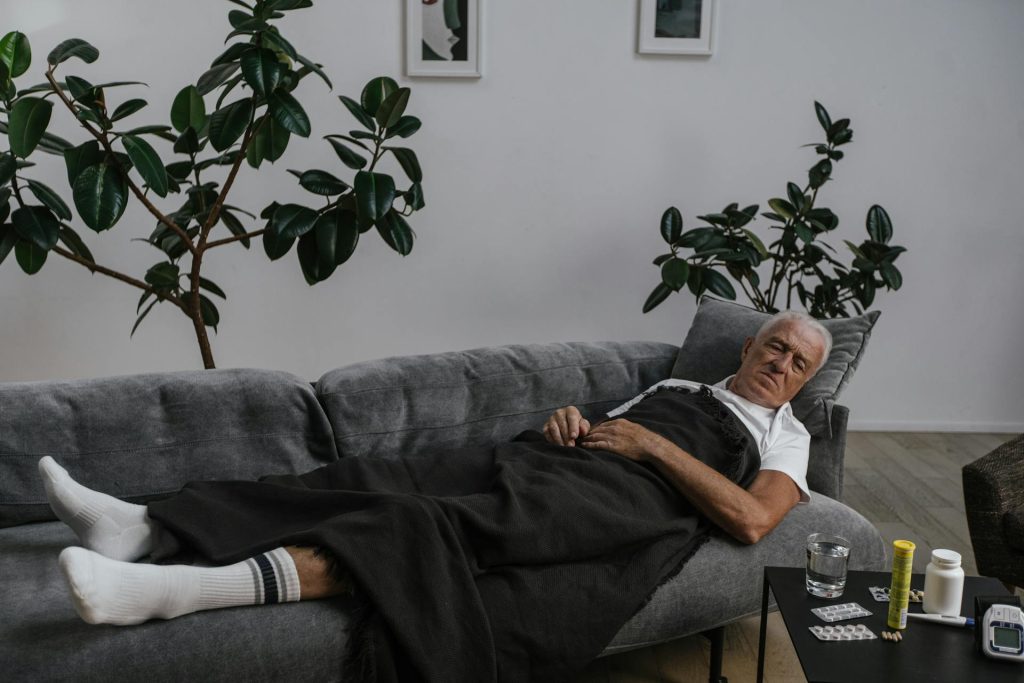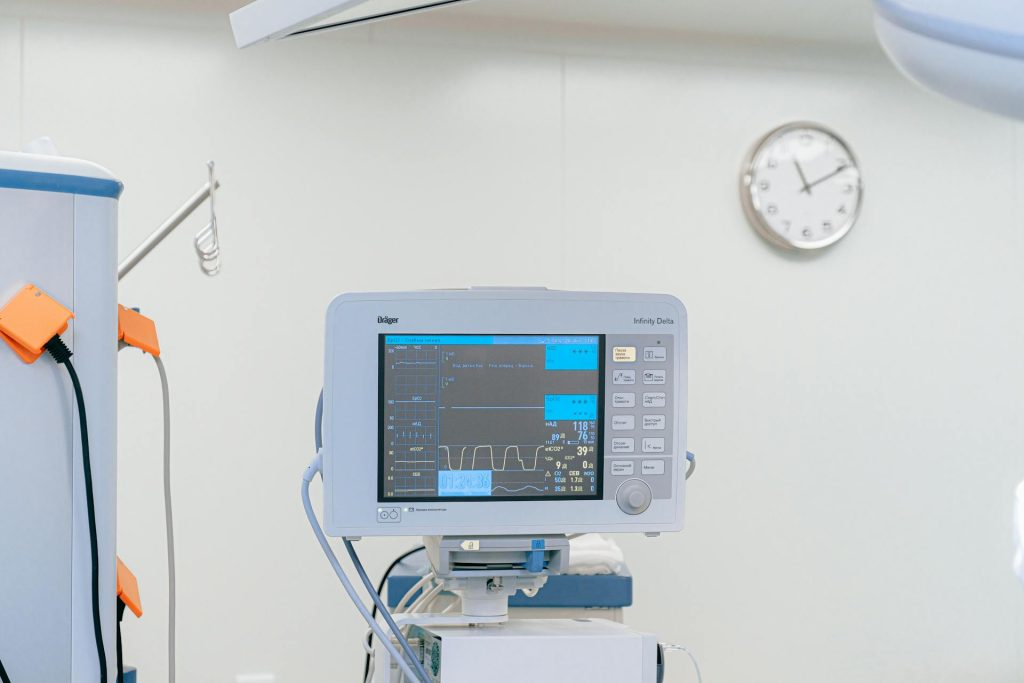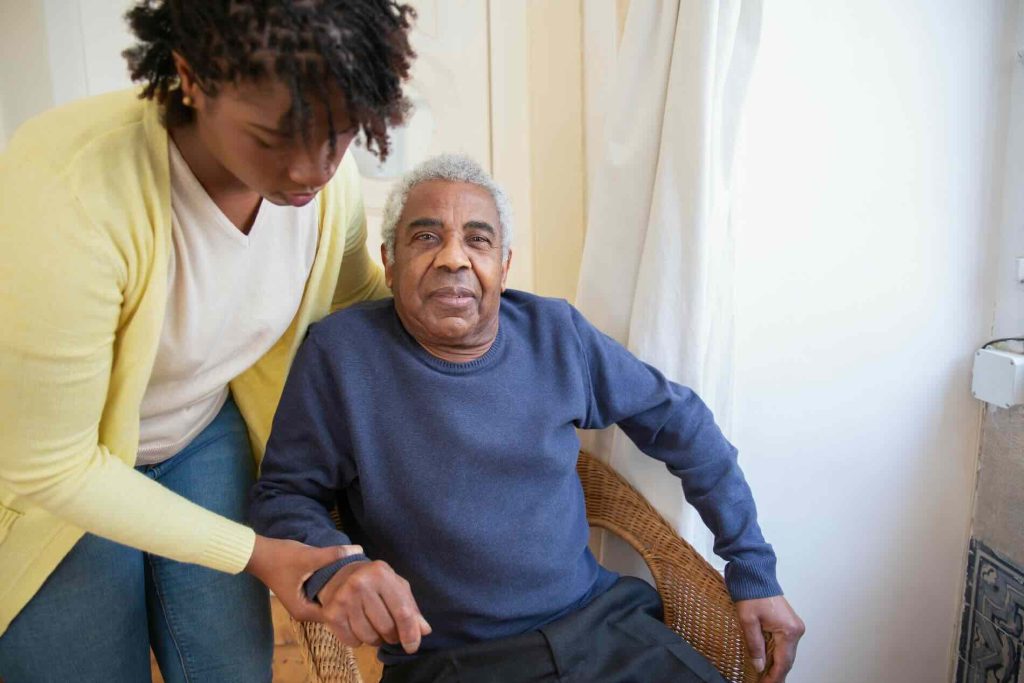One moment you’re driving to work, biking through your neighborhood, or simply crossing a street—and the next, everything changes. The noise, the impact, the adrenaline—it’s all a blur. But it’s what comes after the accident that truly tests your strength: the slow, frustrating, often invisible process of healing.
Physical injuries usually get the spotlight, but recovery doesn’t end when the bruises fade or the cast comes off. Your body may heal on one timeline, but your mind might still be stuck in that moment. Healing after an accident isn’t just about rehab and rest—it’s about reconnecting with yourself, rebuilding trust in your body, and making peace with what happened.
1. Give Your Body Time—But Be Proactive
Let’s be honest: healing hurts. Muscle stiffness, inflammation, post-surgical pain—it’s a daily battle. But one of the biggest mistakes people make is doing too little for too long. Immobility can cause complications like joint stiffness, muscle atrophy, and even blood clots, especially after serious injuries.
What helps: Follow your physical therapist’s plan to the letter. Gentle movement (like guided stretches or hydrotherapy) can speed up recovery without adding strain. According to the National Institutes of Health (NIH), early mobilization reduces complications and improves long-term outcomes after traumatic injury.
2. Don’t Underestimate the Emotional Fallout
Even if you walked away with just scratches, trauma leaves a mark. Flashbacks, nightmares, sudden tears, or panic attacks? All common. You might feel fine one day and then overwhelmed by fear the next.
What helps: Talk therapy isn’t just for “serious cases.” Cognitive Behavioral Therapy (CBT) and EMDR (Eye Movement Desensitization and Reprocessing) have both been shown to help people process traumatic memories. You don’t have to “tough it out.” Getting support is part of healing—not a sign of weakness.
3. Rebuild Your Gut-Brain Connection
Here’s something most accident survivors aren’t told: trauma can mess with your digestion. Your nervous system—especially the vagus nerve—gets hijacked during a traumatic event. That can lead to bloating, constipation, loss of appetite, or nausea weeks after the accident.
What helps: Gentle breathing exercises and vagus nerve stimulation techniques (like humming or cold face immersion) can help. Also, consider probiotic-rich foods like kefir, kimchi, or yogurt to support gut repair. Research continues to link gut health to trauma recovery, especially through the gut-brain axis.
4. Prioritize Sleep—Even When It Feels Elusive
After an accident, your body craves deep, restorative sleep to repair tissues and recalibrate hormones. But pain, nightmares, and anxiety can make quality sleep feel impossible.
What helps: Don’t underestimate basic sleep hygiene—turn off screens an hour before bed, keep your room cool and dark, and avoid caffeine in the late afternoon. If trauma-related insomnia continues, talk to a sleep specialist. CBT-I (Cognitive Behavioral Therapy for Insomnia) is a drug-free, highly effective option with long-term results.
5. Let Go of the Timeline You Had in Your Head
Maybe you thought you’d be “back to normal” in a few weeks. Then it turned into months. You’re not lazy. You’re not broken. You’re healing. And healing doesn’t happen on a schedule.
What helps: Focus on milestones, not calendars. Maybe you walked to the mailbox today without pain. Maybe you drove around the block for the first time. Celebrate the small wins—they’re proof that progress is happening, even if it’s slower than you hoped.
6. Reclaim Trust in Your Body
After a traumatic injury, it’s common to feel betrayed by your own body. You might move differently, feel fragile, or constantly worry about reinjury. That psychological barrier can be harder to overcome than the physical ones.
What helps: Start small. Yoga, tai chi, or mindful movement practices help rebuild somatic awareness and restore confidence in your body. Studies show that mind-body approaches improve pain tolerance and resilience after injury.
7. Know When to Ask for Help—And Keep Asking
You don’t need to navigate post-accident recovery alone. Whether it’s a physical therapist, counselor, occupational therapist, or support group, your healing team matters. Recovery is rarely linear, and some days you’ll need more support than others.
What helps: Advocate for yourself. If a treatment plan isn’t working, say so. If you’re feeling dismissed or misunderstood, seek a second opinion. Your recovery deserves individualized care—not a one-size-fits-all approach.
The Real Work Begins After the Emergency Room
Accidents may be sudden, but recovery is anything but. It’s messy. It’s nonlinear. It requires patience, persistence, and more self-compassion than you thought you had. But here’s the thing—healing isn’t about going back to who you were. It’s about becoming someone stronger, wiser, more aware of your own limits and power.
Your story doesn’t end with the accident. It starts again with recovery.
- How Automated Dispensing Cabinets (ADCs) revolutionized point-of-care medication administration? - November 23, 2021
- How to Select the Best and Most Affordable Fitness Tools - October 31, 2021
- What is Causing the Trend of Nursing Turnover and How to Stop It - August 24, 2021


